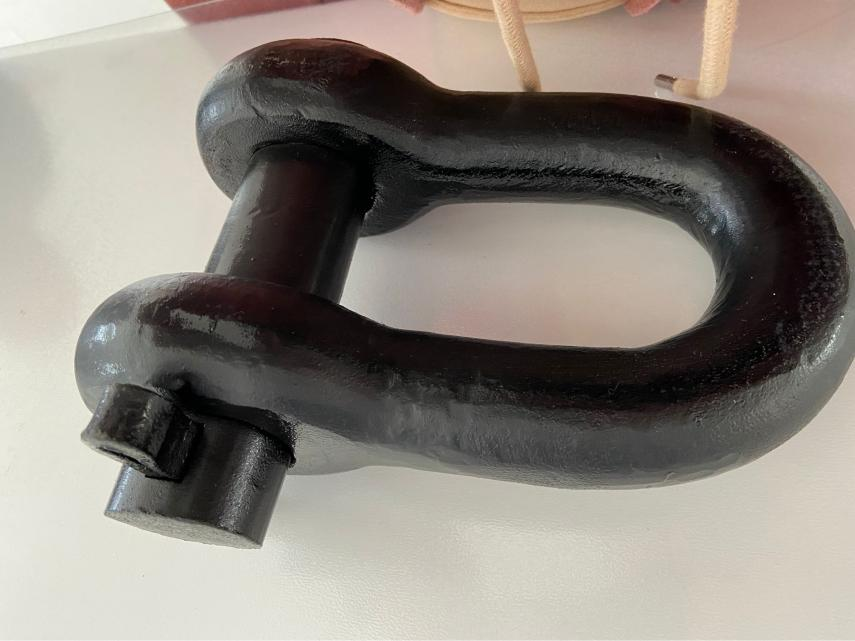What is a Forelock Shackle?
Shackles are essential and versatile attachment tools used across various industries, including construction, rigging, and the maritime sector. They play a crucial role in connecting different components, providing strength and reliability. Among the different types of shackles, the forelock shackle, also known as the front lock shackle, stands out as a specialized and important type, particularly in maritime applications.
Definition and Purpose:
A forelock shackle is a specific type of shackle designed for use within stud link anchor chains. These anchor chains are distinguished by their studs—raised sections along the links that help maintain the chain's shape and reduce wear during use. The forelock shackle serves as a reliable means of connecting the stud link anchor chain to various fittings, such as deck fittings on ships, termination points on marine structures, or within navigation buoy mooring bridle systems.

Sizing and Compatibility:
In terms of sizing, forelock shackles are designed to accommodate stud link anchor chains with nominal diameters ranging from 22mm to 40mm. This range makes them suitable for a variety of small to medium-sized vessels and marine structures that require secure and appropriately sized connections.
Unique Features:
One of the most distinctive features of a marine forelock shackle is the addition of a small metal clip or wire known as the "forelock." This simple yet crucial component ensures the safety and integrity of the shackle connection. The forelock is designed to secure the pin or bolt in place. The pin or bolt holds the two ends of the shackle together, and without proper securing, it could potentially slip out, leading to a catastrophic failure of the mooring or connection system.
Installation of the Forelock:
Bending: The forelock is first bent into the appropriate shape to fit securely.
Insertion: It is then inserted through a small hole in the pin or bolt of the shackle.
This process ensures that the pin or bolt remains firmly in place, preventing accidental detachment and maintaining the reliability of the connection.
In summary, the forelock shackle is a specialized and crucial component in maritime applications, particularly for connecting stud link anchor chains to various fittings. Its unique design, including the forelock, ensures a secure and reliable connection, making it an indispensable tool in the maritime industry.


